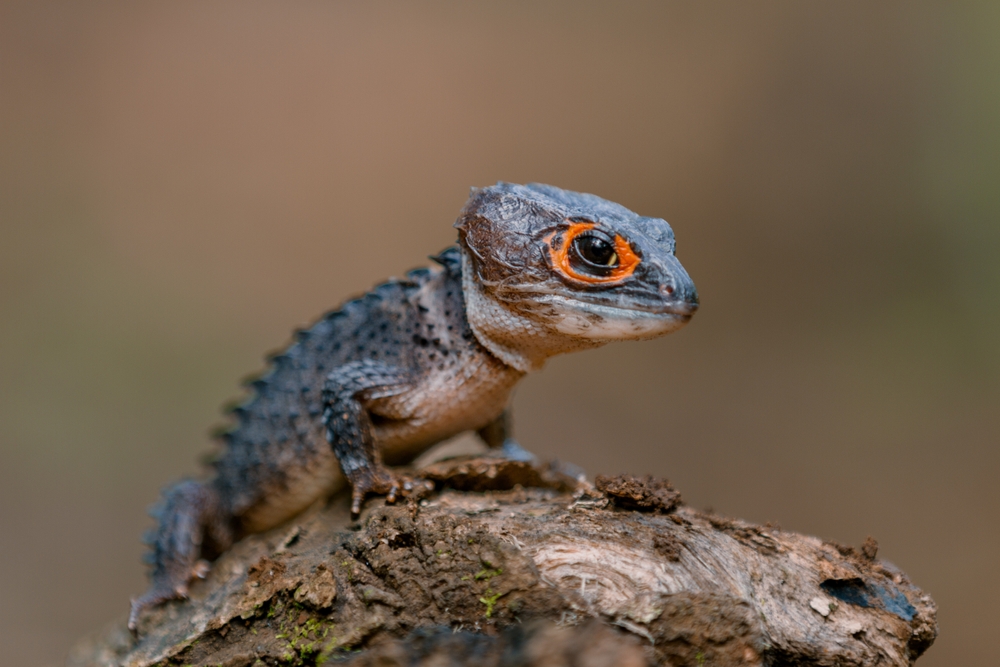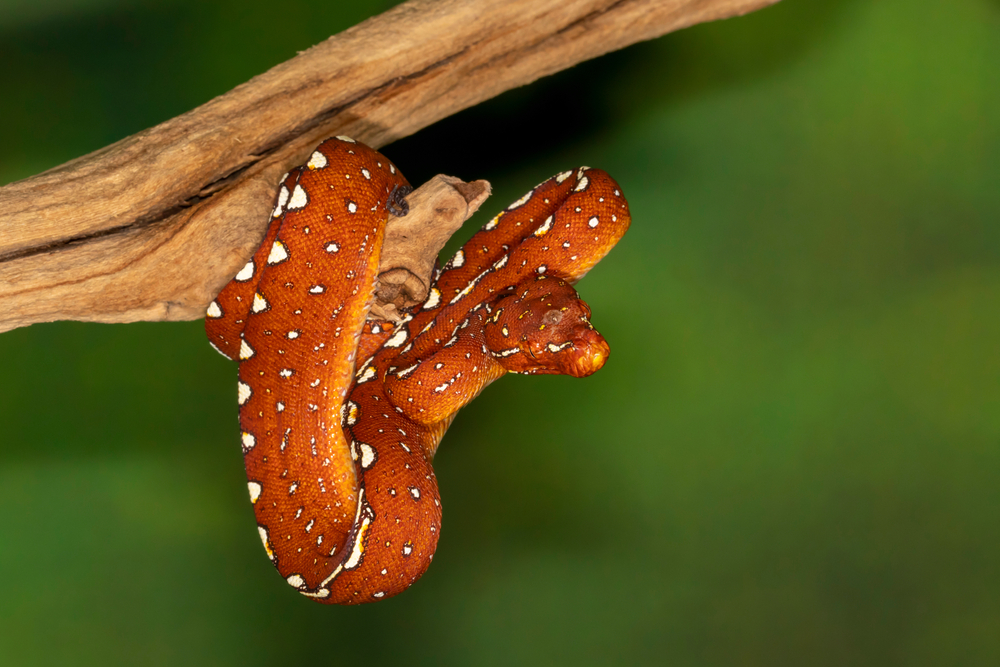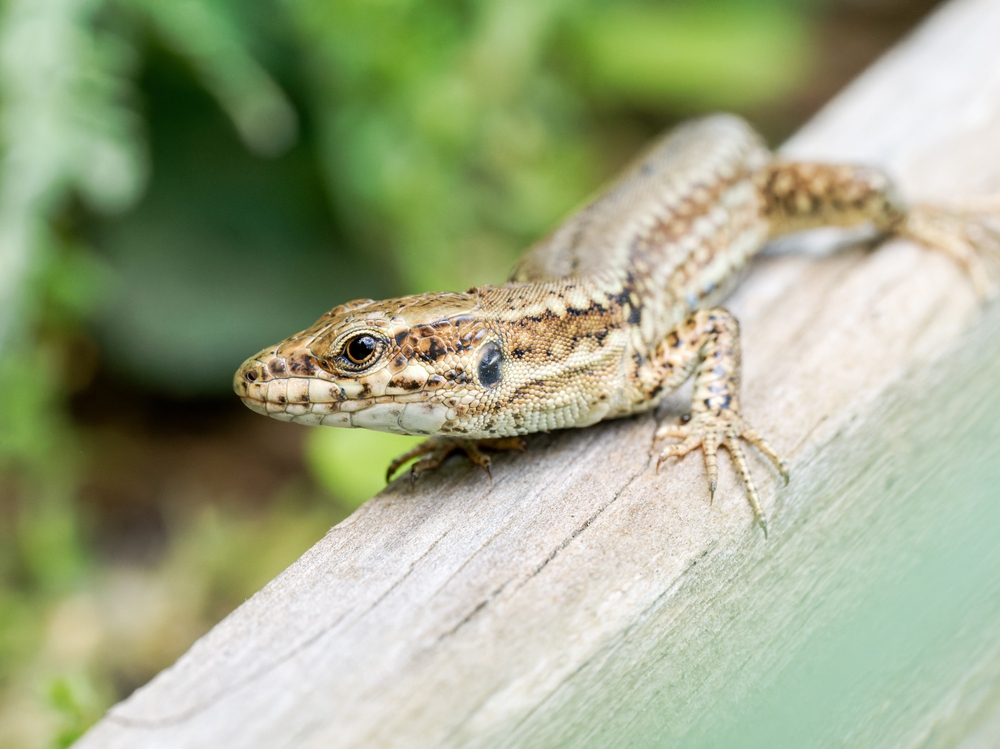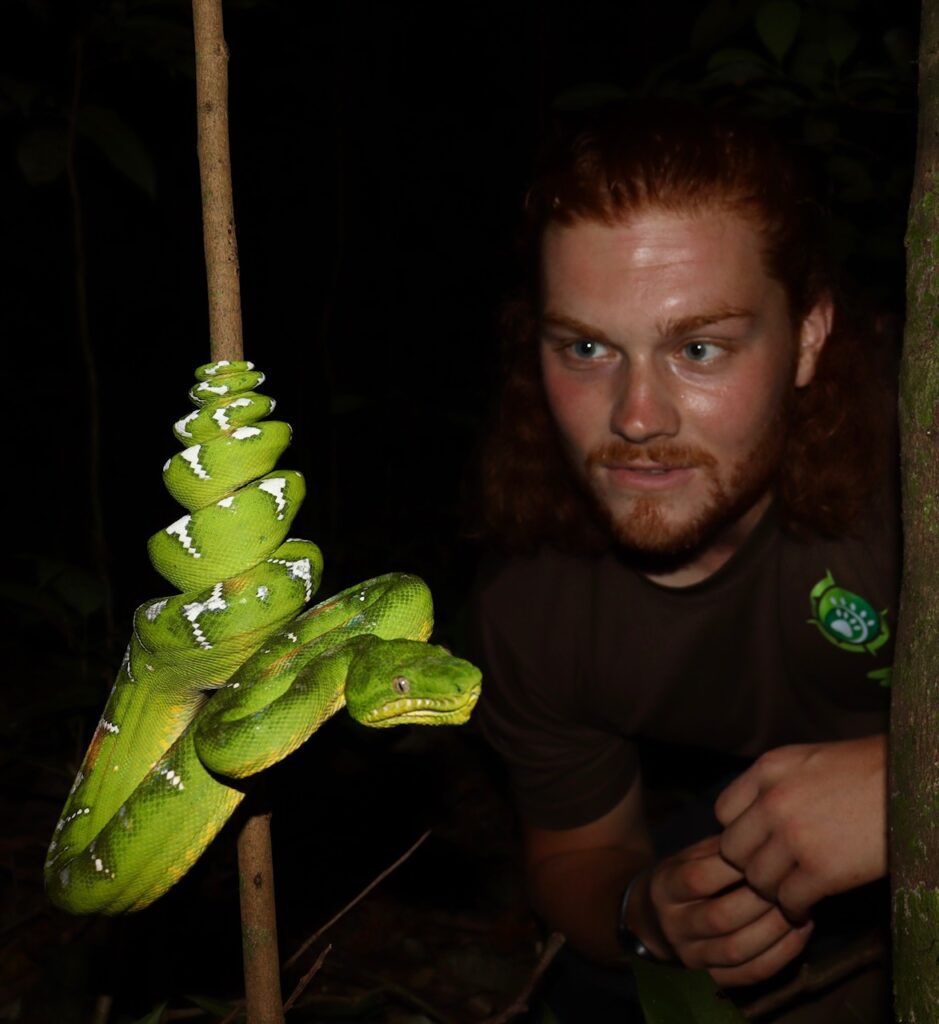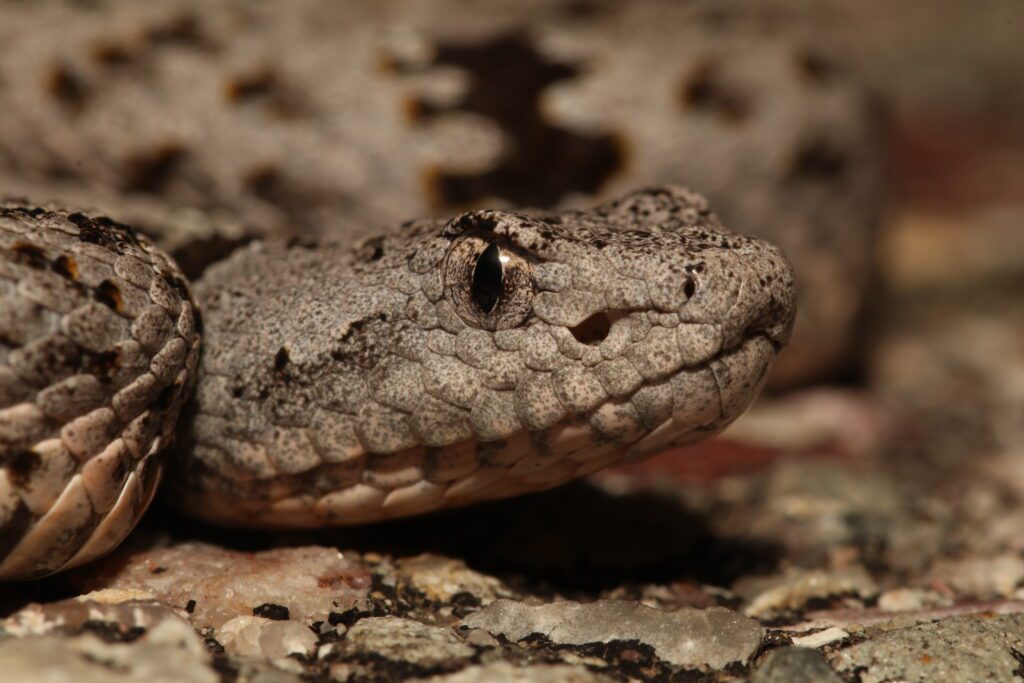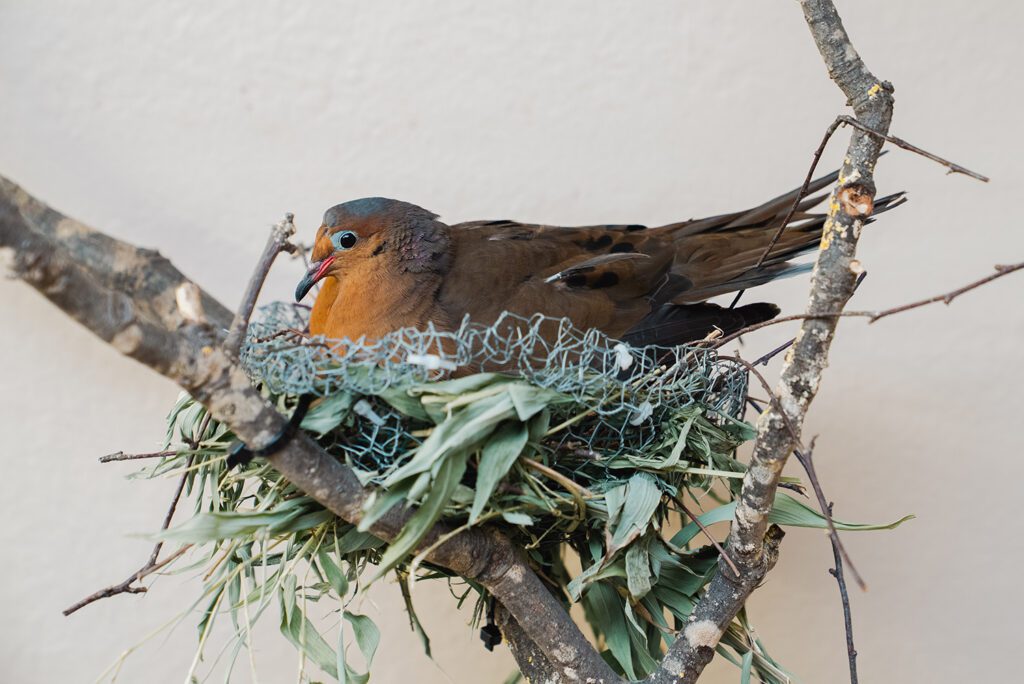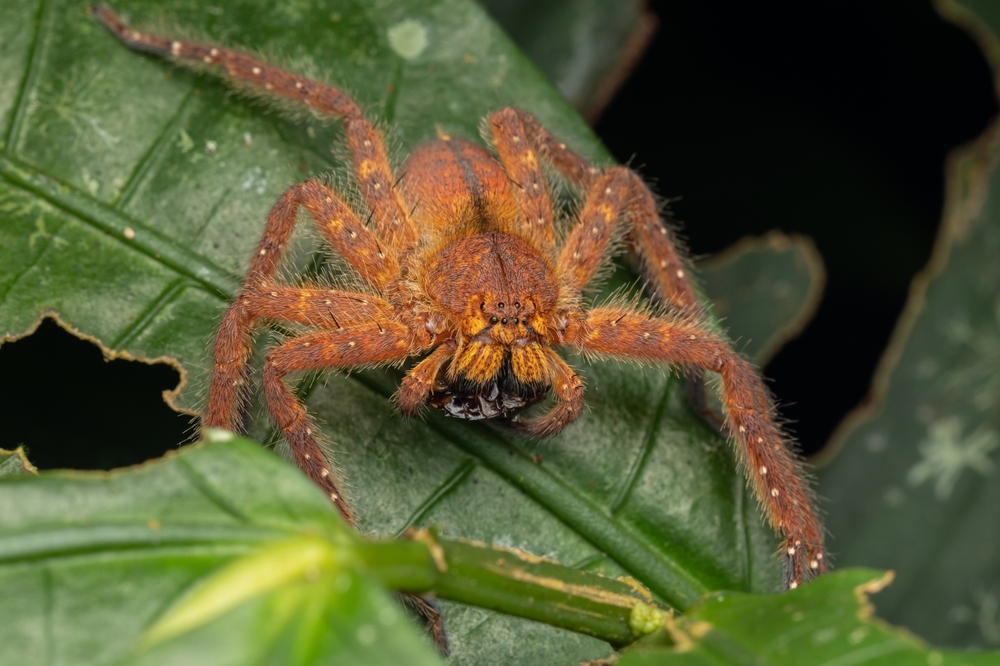Only some of the fascinating facts about red-eyed crocodile skinks (Tribolonotus gracilis) are revealed by their name. From their striking red eye-rings to surprising survival tactics, we explore 10 cool facts you may not have known about these elusive and fascinating creatures.
1. Dragon-like Armour for Survival
Red-eyed crocodile skinks are clad in striking four ridged dorsal rows of large, keeled scales plus ossified head plates. These scales, known as osteoderms, are very similar to crocodile osteoderms giving them a miniature crocodile-like appearance. These structures serve as defence against predators and contribute to camouflage in leaflitter environments. The reinforced scalation may also help reduce water loss in their humid rainforest habitat.
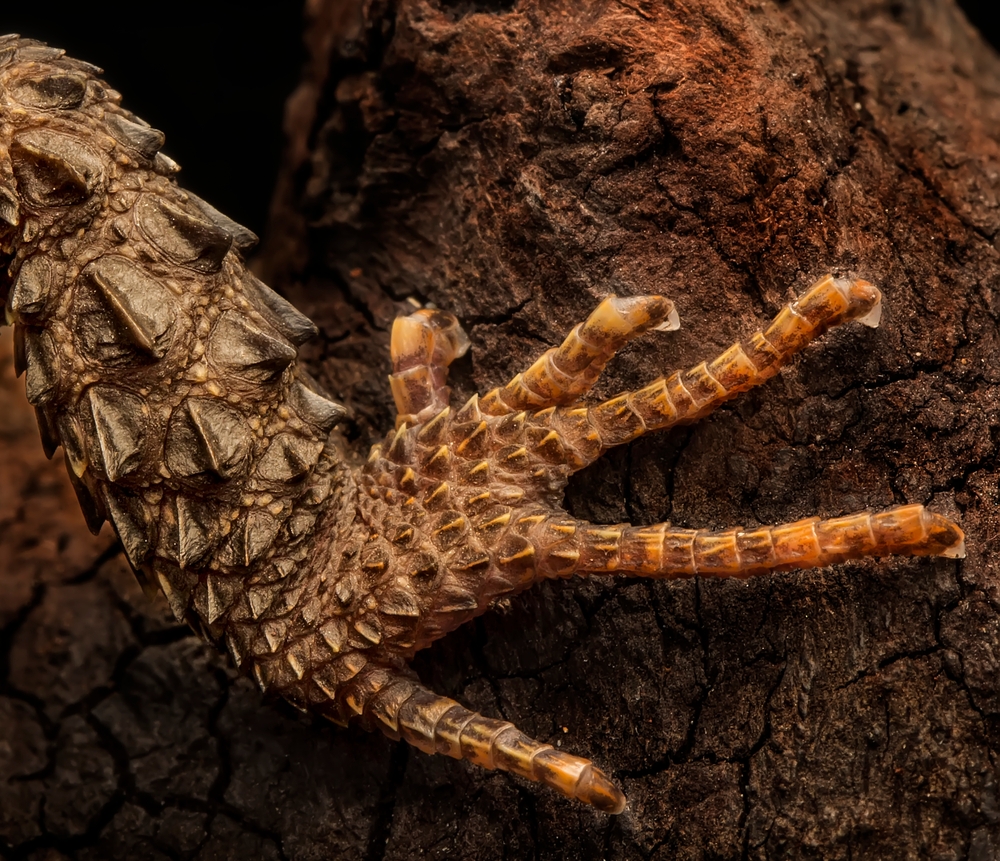
2. Feigning Death Through Thanatosis
When threatened, red-eyed crocodile skinks can employ thanatosis, a rare and dramatic defence mechanism. In this state, they become almost immobile, simulating death. For predators, a dead or dying meal can be an unappetising one. Thanatosis can also help the skink remain unnoticed until it is safe to scurry away. This complex behavioural display is uncommon in lizards and more frequently observed in snakes or small mammals.
3. Eye Colour as a Maturity Marker
The vibrant reddish-orange ring encircling the eyes emerges only upon reaching adulthood. Juvenile red-eyed crocodile skinks display a more subdued olive or brown colouration and lack the prominent eye-ring entirely. This muted coloration likely functions as an adaptive camouflage mechanism, helping juveniles blend into their leafy and bark-laden forest floor habitat. The appearance of this red eye-ring coincides with full physical maturity and readiness to defend territory or offspring.
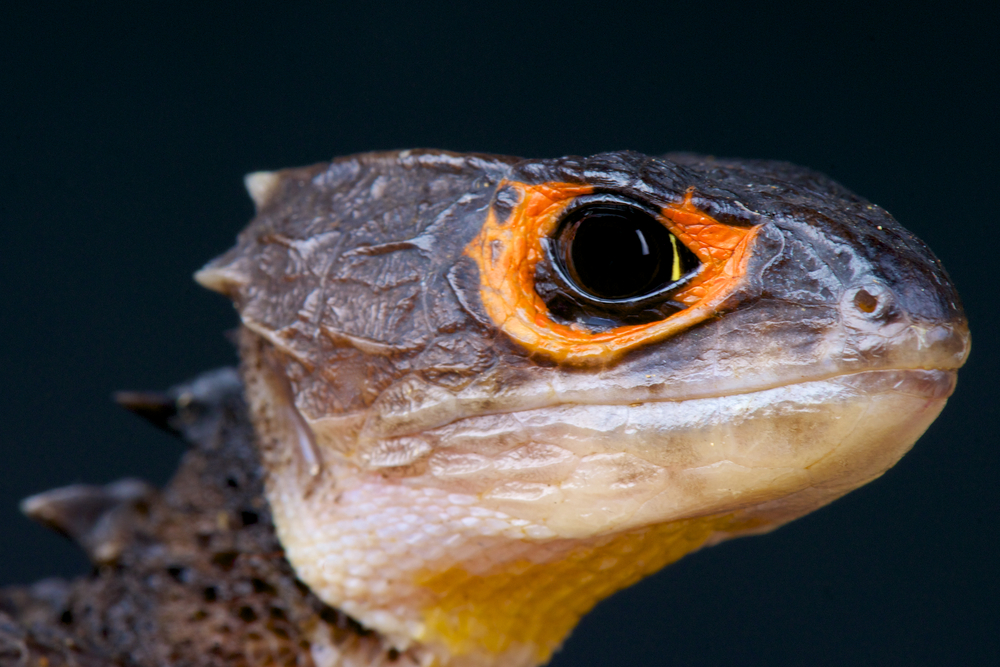
4. Unique Single-Egg Reproduction
Although female red-eyed crocodile skinks possess two ovaries, only the right oviduct is functional, meaning they lay a single egg per clutch. Remarkably, females may produce multiple clutches over a season. It takes roughly six weeks for one egg to hatch and another to be laid. This unusual reproductive strategy is thought to support intensive maternal investment in each offspring – an evolutionary trade-off for quality over quantity.
5. Giants in a little genus
Red-eyed crocodile skinks can grow to around 20 cm in length. This may seem rather small compared to other lizards but within the Tribolonotus genus, they’re rather large! They are actually 2.5 times larger than T. schmidti and T. blanchardi. Only T. ponceleti, is larger within the genus.
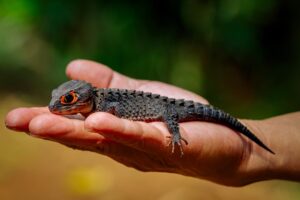
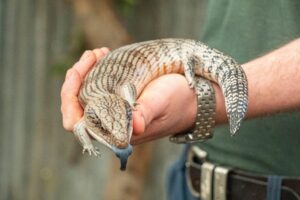
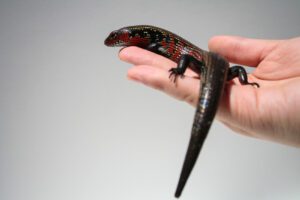
6. Crocodile Skinks are Bio-Fluorescent
Under UV lights, red-eyed crocodile skinks shine green. The biofluorescence is localised to the head, eyes, throat, ventrical region and lateral and dorsal scale tips. This biofluorescence may be used in communication or avoiding predation. There has also been a subtle sexual dimorphism detected between the biofluorescence of males and females within tribolonotus, which could help the skinks know what sex their counterpart is!
7. Aquatic Adaptations & Breath-Holding Endurance
Red-eyed crocodile skinks frequent moist, riparian rainforest zones and are comfortable entering water. Although direct physiological data is scant, anecdotal observations from keepers suggest they can slow heart rate and metabolic demands while submerged, aiding extended breath-holding. Anatomical features – such as water-resistant skin, tightly closing glottal valves, and lung adaptations – support aquatic survival and prevent water ingress during immersion.
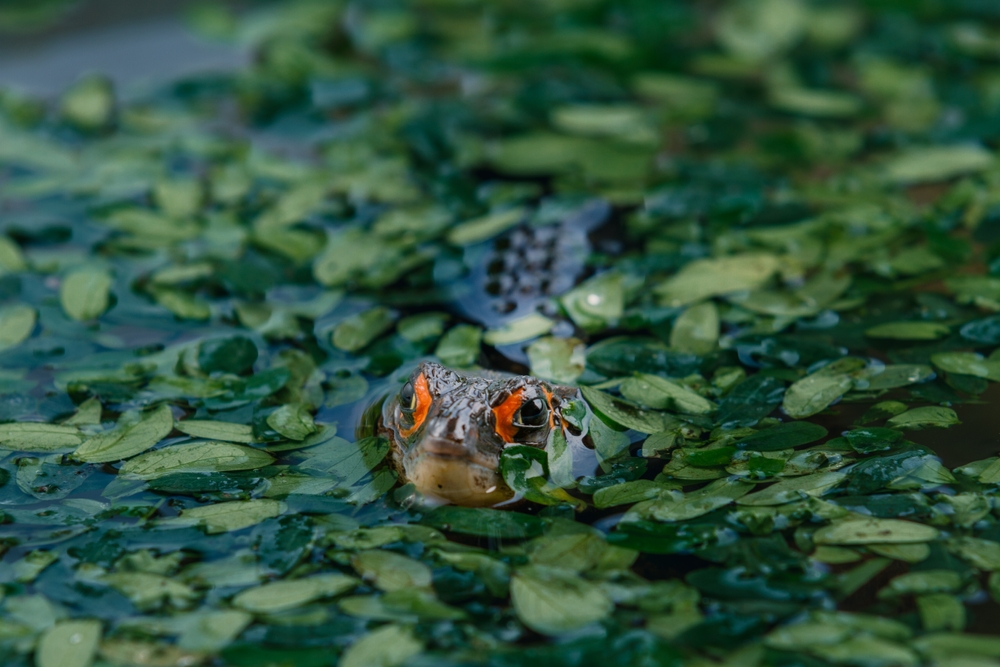
8. Kids Live Rent Free
Red-eyed crocodile skinks have been found to live in small groups in the wild. These usually consists of one male with one or two females and their offspring. The offspring may stay in the family unit until maturity. This has also been demonstrated in captivity, although cohabiting a male with only one adult female is advised.
9. Males vs Females
Male and female red-eyed crocodile skinks may look indistinguishable from a distance but there are a few tell-tale signs to determine the sex once they are matured. The first is that males are usually larger and bulkier with wider heads. The second is the hind feet. Males exhibit slightly raised greyish-blue femoral pores on the underside of the third, fourth, and occasionally fifth digit.
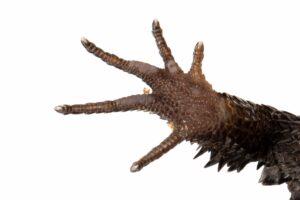
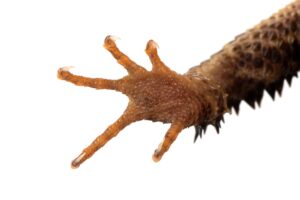
10. Vocal Signals & Active Parental Defence
Red-eyed crocodile skinks are among the few skinks that produce vocal distress calls. These high-pitched squeaks are more reminiscent of small mammals than reptiles. A 2001 study confirmed that such calls are produced by adults, including mothers defending their eggs and offspring.
If you enjoyed these facts, you can learn more about red-eyed crocodile skinks and how to keep them as pets here.
By Adam Colyer and Sanya Aggarwal
Nature’s Imitation Game: Emerald Tree Boas and Green Tree Pythons
High in the forests of South America and the Indonesian archipelago, jewel-toned snakes drape themselves…
The Wall Lizards of Ventnor Botanic Garden
Tucked away on the sun-soaked southern coast of the Isle of Wight, UK lies a…
Thinking Like a Snake: Field Insights into Emerald Tree Boa Husbandry
Among keepers, few snakes inspire as much awe as the emerald tree boa (Corallus sp.)….
Herping Arizona Monsoons 2025 – Part One
Arizona encompasses vast stretches of Sonoran, Colorado, and Mojave Deserts. It’s scattered with 10,000-foot-high mountains…
“Extinct” Doves Hatch at Chester Zoo
Eight chicks belonging to a dove species that has been extinct in the wild for decades…
Naming Nature: Where Taxonomy Meets Pop Culture
From David Bowie’s lightning bolt immortalised in the iridescent fur of a spider, to Jackie…
